Slide the gallery and take a look at this distinctive mammal:
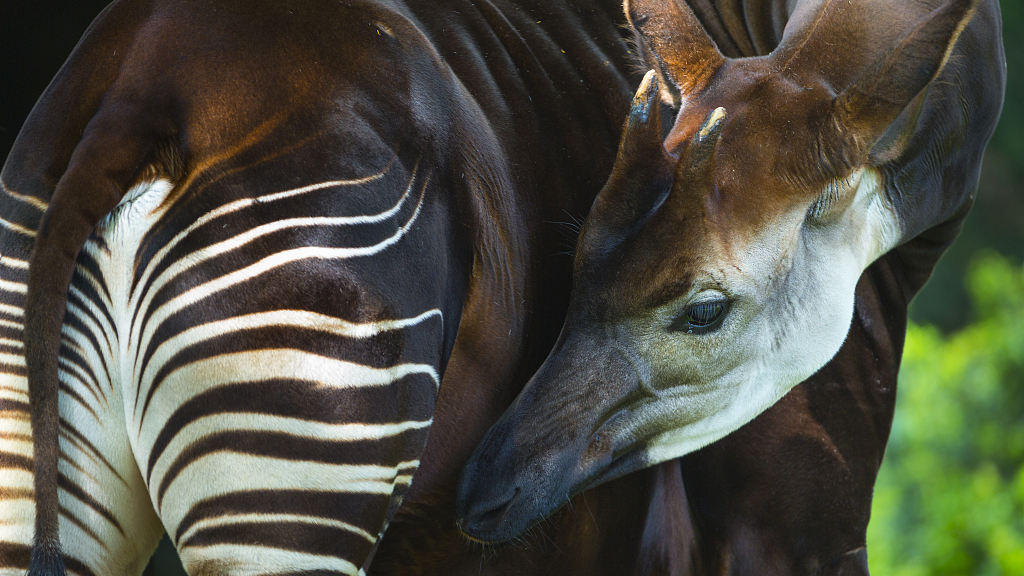
Who is this antelope-like animal with deer antlers and zebra legs? /VCG Photo
Who is this antelope-like animal with deer antlers and zebra legs? /VCG Photo
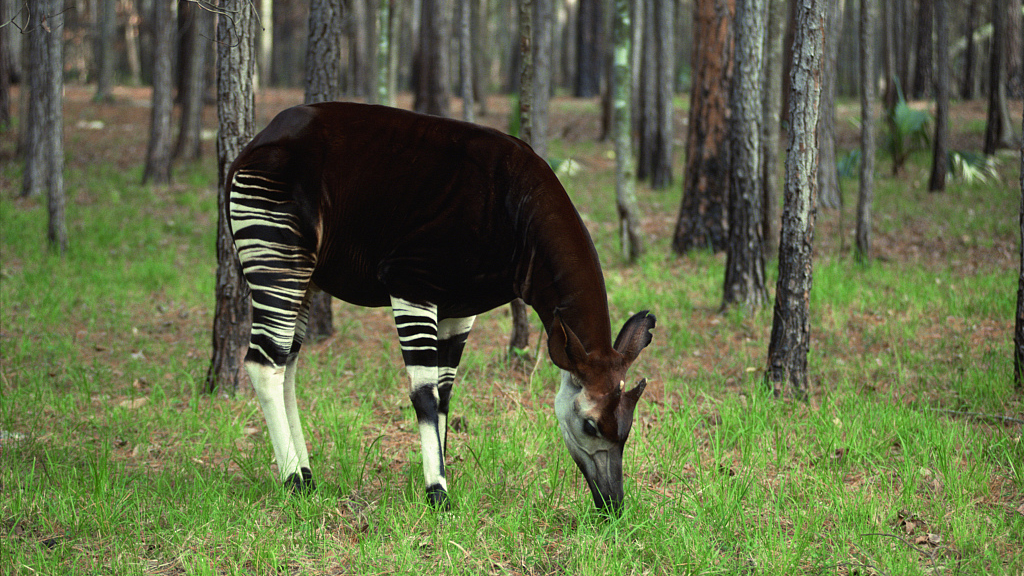
Who is this antelope-like animal with deer antlers and zebra legs? /VCG Photo
Who is this antelope-like animal with deer antlers and zebra legs? /VCG Photo
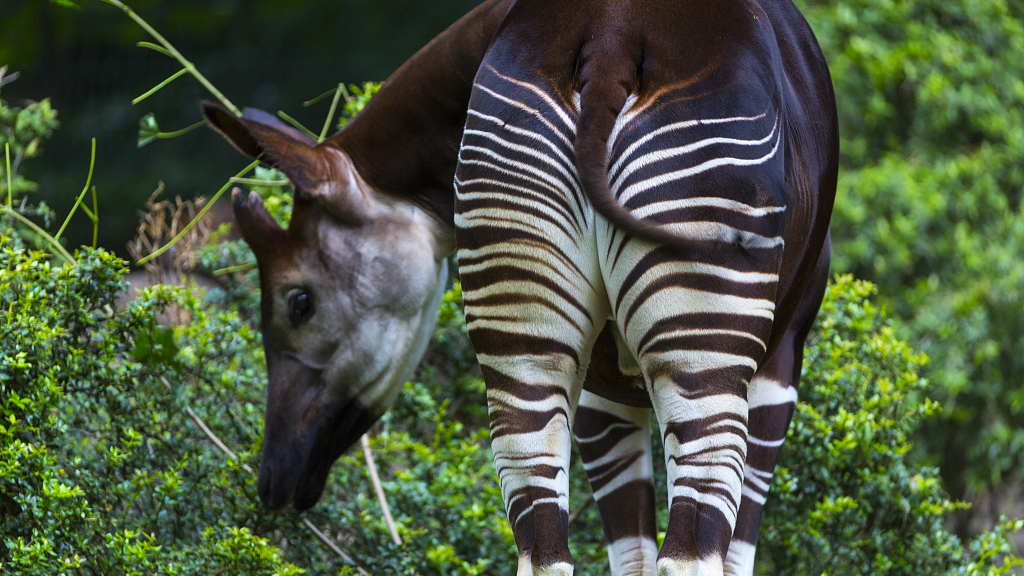
Who is this antelope-like animal with deer antlers and zebra legs? /VCG Photo
Who is this antelope-like animal with deer antlers and zebra legs? /VCG Photo

Who is this antelope-like animal with deer antlers and zebra legs? /VCG Photo
Who is this antelope-like animal with deer antlers and zebra legs? /VCG Photo
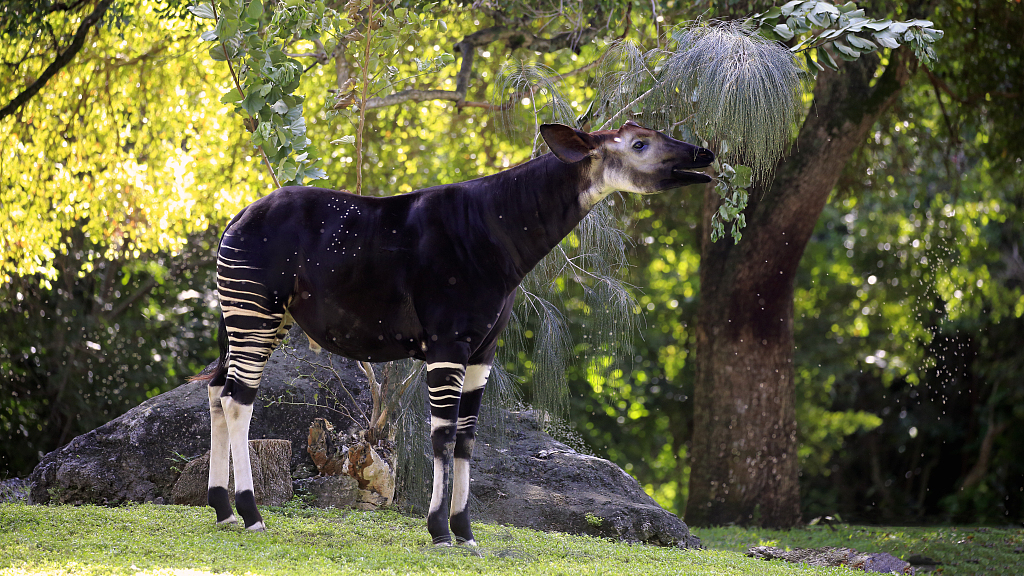
Who is this antelope-like animal with deer antlers and zebra legs? /VCG Photo
Who is this antelope-like animal with deer antlers and zebra legs? /VCG Photo
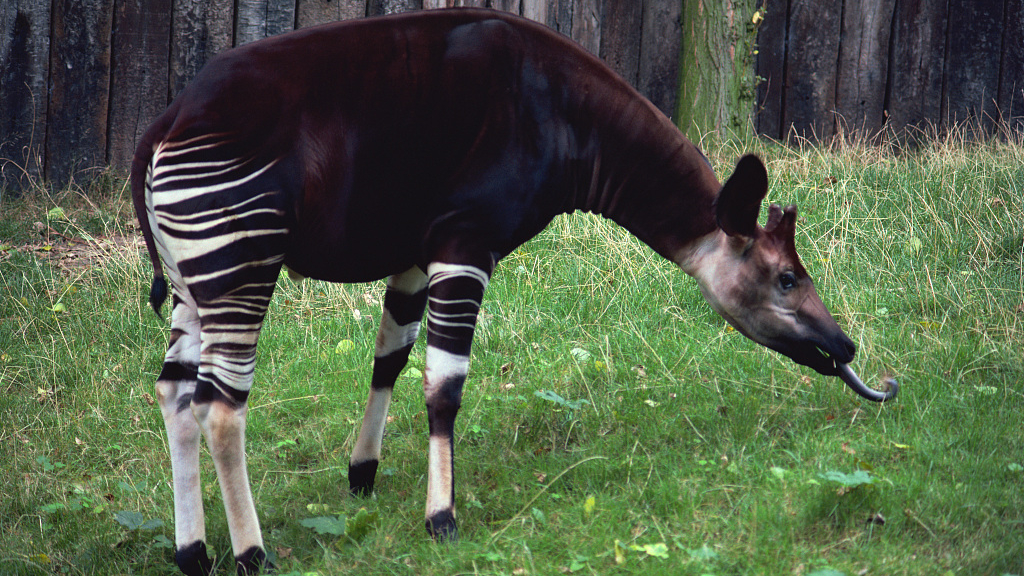
Who is this antelope-like animal with deer antlers and zebra legs? /VCG Photo
Who is this antelope-like animal with deer antlers and zebra legs? /VCG Photo
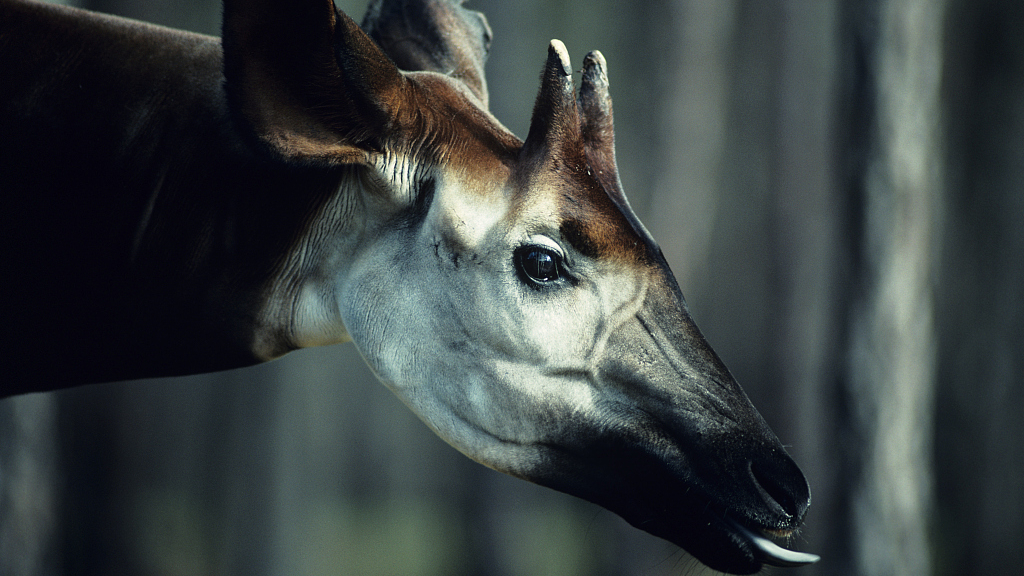
Who is this antelope-like animal with deer antlers and zebra legs? /VCG Photo
Who is this antelope-like animal with deer antlers and zebra legs? /VCG Photo
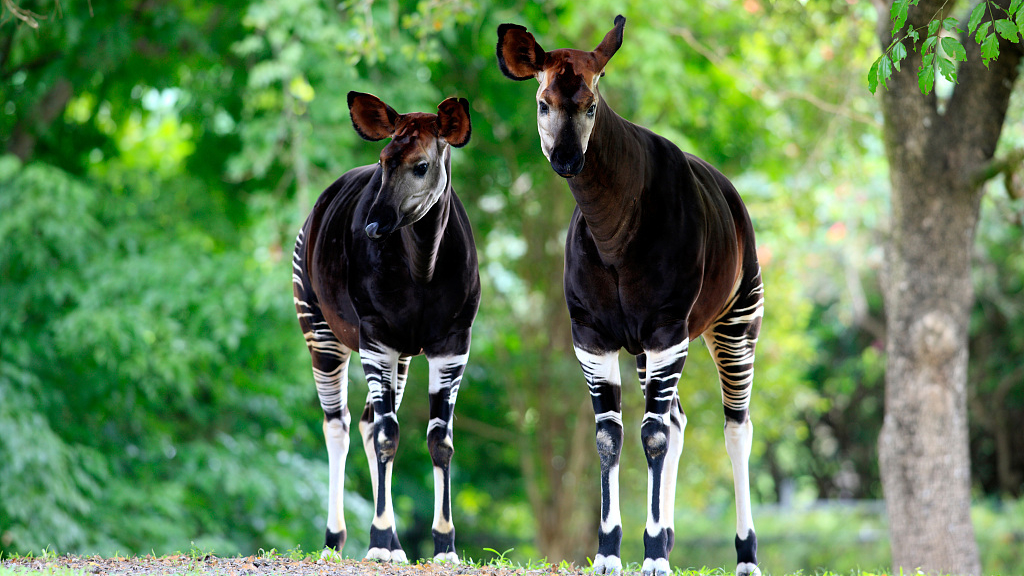
Who is this antelope-like animal with deer antlers and zebra legs? /VCG Photo
Who is this antelope-like animal with deer antlers and zebra legs? /VCG Photo
The ungulate looks like an ordinary, stout antelope; but it has zebra stripes on its rear legs. In fact, the okapi is not a relative from the antelope or the zebra. Instead, the animal is close kin to the giraffe.
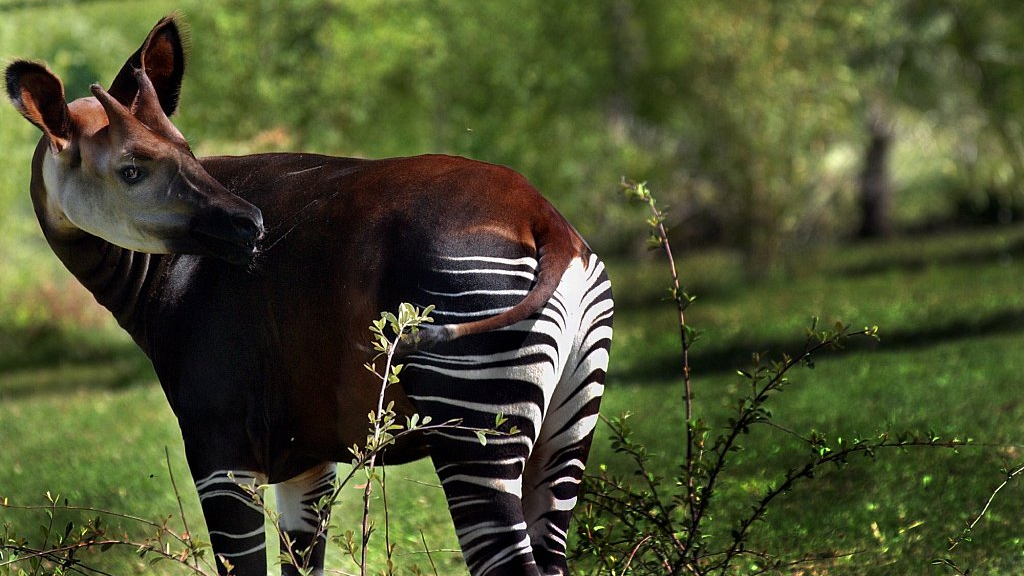
The okapi is not a zebra, an antelope, a gazelle or a deer, but a relative to the giraffe. /VCG Photo
The okapi is not a zebra, an antelope, a gazelle or a deer, but a relative to the giraffe. /VCG Photo
Okapi, also named zebra giraffe or forest giraffe, is native to the northeast of the Democratic Republic of the Congo in Central Africa. Unlike its kin, the giraffe, the Okapi stands only at 1.5 meters tall, roughly 1/3 or 1/4 of an adult giraffe. It lacks the iconic long neck, too. One characteristic it shares with the giraffe is that male okapis have short, hair-covered horn-like protuberances on their heads, called ossicones. Besides, the okapi has a long tongue like the giraffe's, to forage leaves, buds, grass, and ferns. Its tongue can be as long as 45 centimeters.

The okapi uses its super long tongue to clean its face and eyes. /VCG Photo
The okapi uses its super long tongue to clean its face and eyes. /VCG Photo
The mysterious animal was introduced to the world as late as the 20th century. For years, Europeans in Africa had heard of the "African unicorn" but no one had seen any. In 1901, a British biologist described the Okapi and made it known to the world. The okapi is honored as a "living fossil" because it exists for quite a long time without much change.
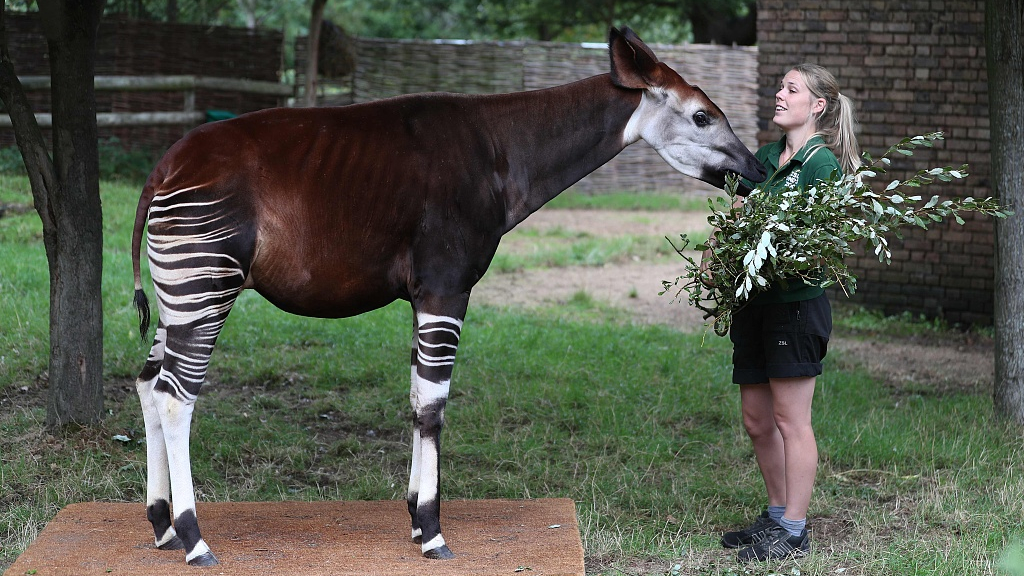
A zoo keeper feeds an okapi as it stands on a scale during a photo call at London Zoo, August 23, 2018. /VCG Photo
A zoo keeper feeds an okapi as it stands on a scale during a photo call at London Zoo, August 23, 2018. /VCG Photo
However, the "living fossil" is under serious threat and has been evaluated as "endangered" by IUCN red list with a decreasing population. Although the species is fully protected under Congolese law, it is still threatened by poaching, illegal mining, and habitat loss caused by logging and human settlement. The beautiful animals are often killed and sold as bushmeat.
(Cover photo via VCG, designed by CGTN's Li Yueyun)
(If you want to contribute and have specific expertise, please contact us at nature@cgtn.com.)